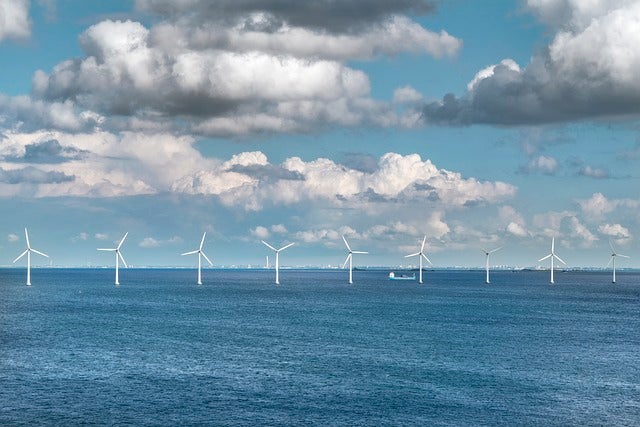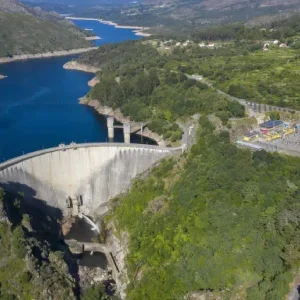
At first glance, the European wind industry has never been better positioned. Renewables are now the cheapest form of new electricity generation in Europe. Clean, local renewables are the best alternative to expensive imports of coal, oil and gas. The war in Ukraine is a painful reminder of Europe’s over-reliance on Russia and other fossil fuel exporting countries. We’ve been warned: accelerating the energy transition is an urgent priority. The EU totally gets this. With REPowerEU – its energy response to the invasion of Ukraine – the European Commission has shown its determination to act. They have pledged to cut Russian gas imports by two-thirds by the end of 2022, end all Russian energy imports by 2027, and to speed up the electrification of industry, mobility and heating.
All of this is underpinned by a faster buildout of renewables. The EU Commission now want renewables to be 45% of all energy consumed in Europe by 2030. This means 510GW of wind energy, up from around 190GW today – a strong signal for the industry. And crucially, REPowerEU tackles the main bottleneck to wind energy expansion – permitting. New renewables will now be a matter of ‘overriding public interest’ and the commission wants member states to identify ‘go-to-areas’ for fast-tracked wind energy permitting.
The European Commission isn’t alone in its drive to build more wind energy. Recent announcements from governments across Europe echo this. Germany wants to build 10GW of onshore wind every year from 2025. Nearly every country in Europe that has a coastline is raising their offshore wind target or setting one for the first time.
The other side
But that’s only half the story. The reality is that Europe’s wind industry is facing an unprecedented combination of overlapping challenges. High commodity prices have driven up input costs. Shipping costs have risen. There is high uncertainty about the availability of key materials and components. The wind auctions that governments run are not always index linked, and their design more broadly puts excessive cost pressures on the supply chain. And permitting bottlenecks mean the overall market is much smaller than it should be. Europe’s turbine manufacturers have been operating on tight margins for years now. But the bitter cocktail of new challenges is seriously threatening the health of Europe’s wind industry, just when governments want to speed up the buildout of wind. All five European turbine manufacturers were operating at a loss – an unsustainable situation. If the EU is serious about its commitment to REPowerEU, it must support the industry now – and help safeguard Europe’s global technology leadership in one of the energy transition’s most strategic sectors.
The Green Deal is all about creating jobs and value in Europe – with innovative green technologies. But right now, Europe is only building half of what it needs to reach 510GW of wind energy by 2030. To strengthen the wind energy supply chain, the EU should continue streamlining permitting to ensure the market size reflects new renewable targets. Government auctions for new wind farms should move away from narrow fixations on price and money that drive a race to the bottom. They should factor in the added value the wind industry offers by rewarding sustainability and innovation in system integration. Trade policies should strike a balance between globalised supply chains and the need to keep manufacturing in Europe. And we need investments in R&I so the European industry retains its technology edge: on more powerful and efficient turbines, floating offshore wind, repowering and circularity.
This article first appeared in World Wind Technology magazine.






